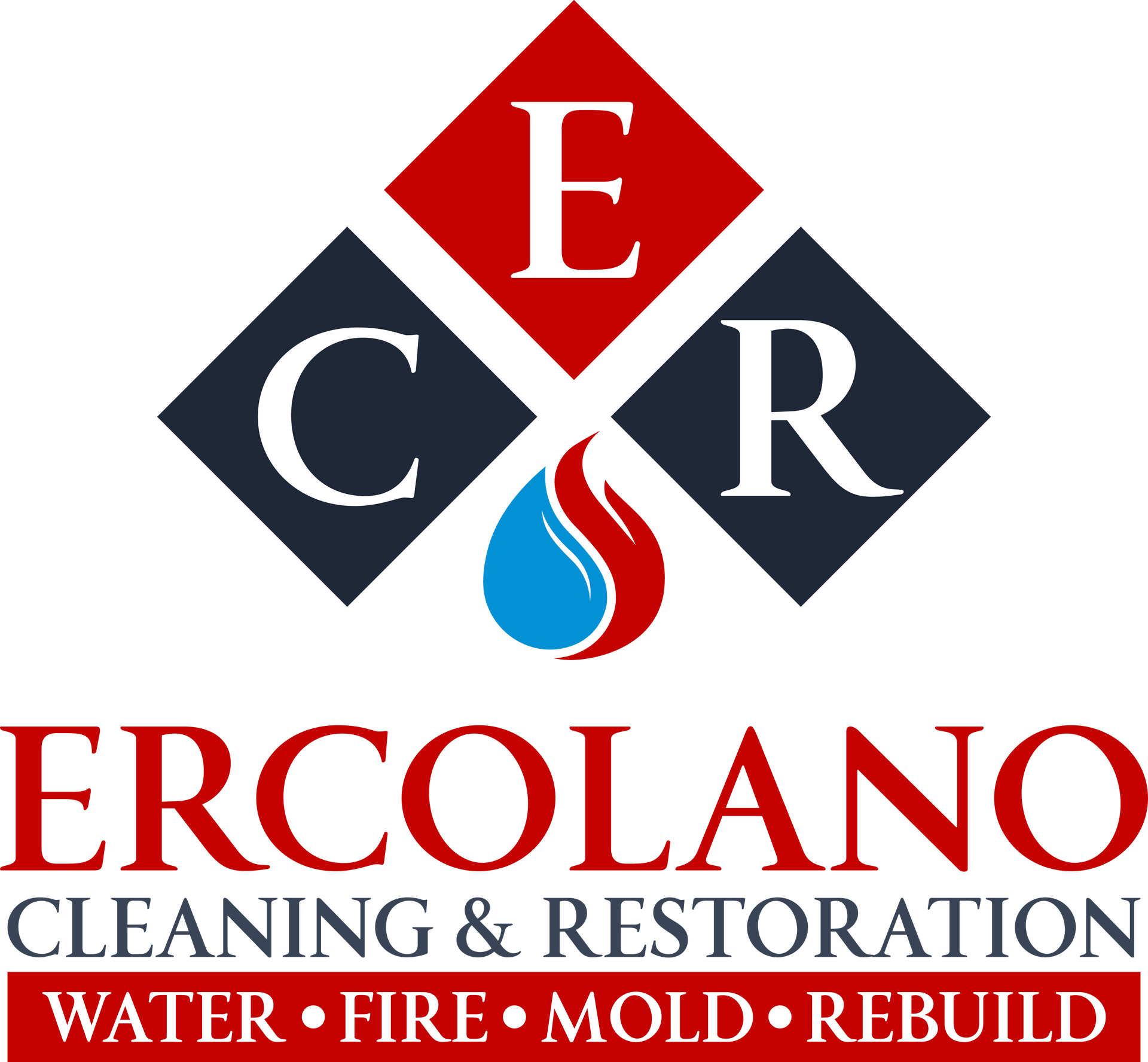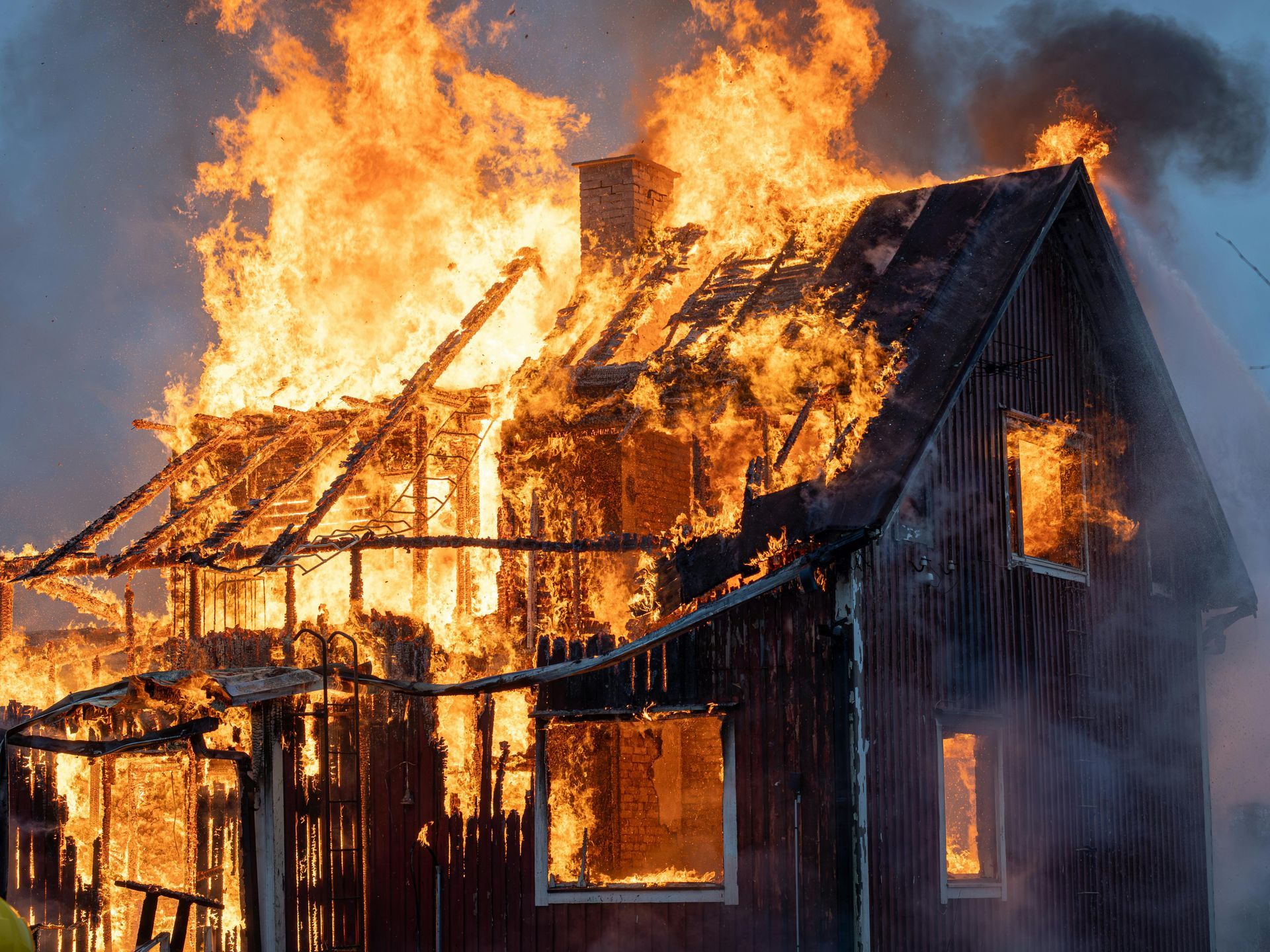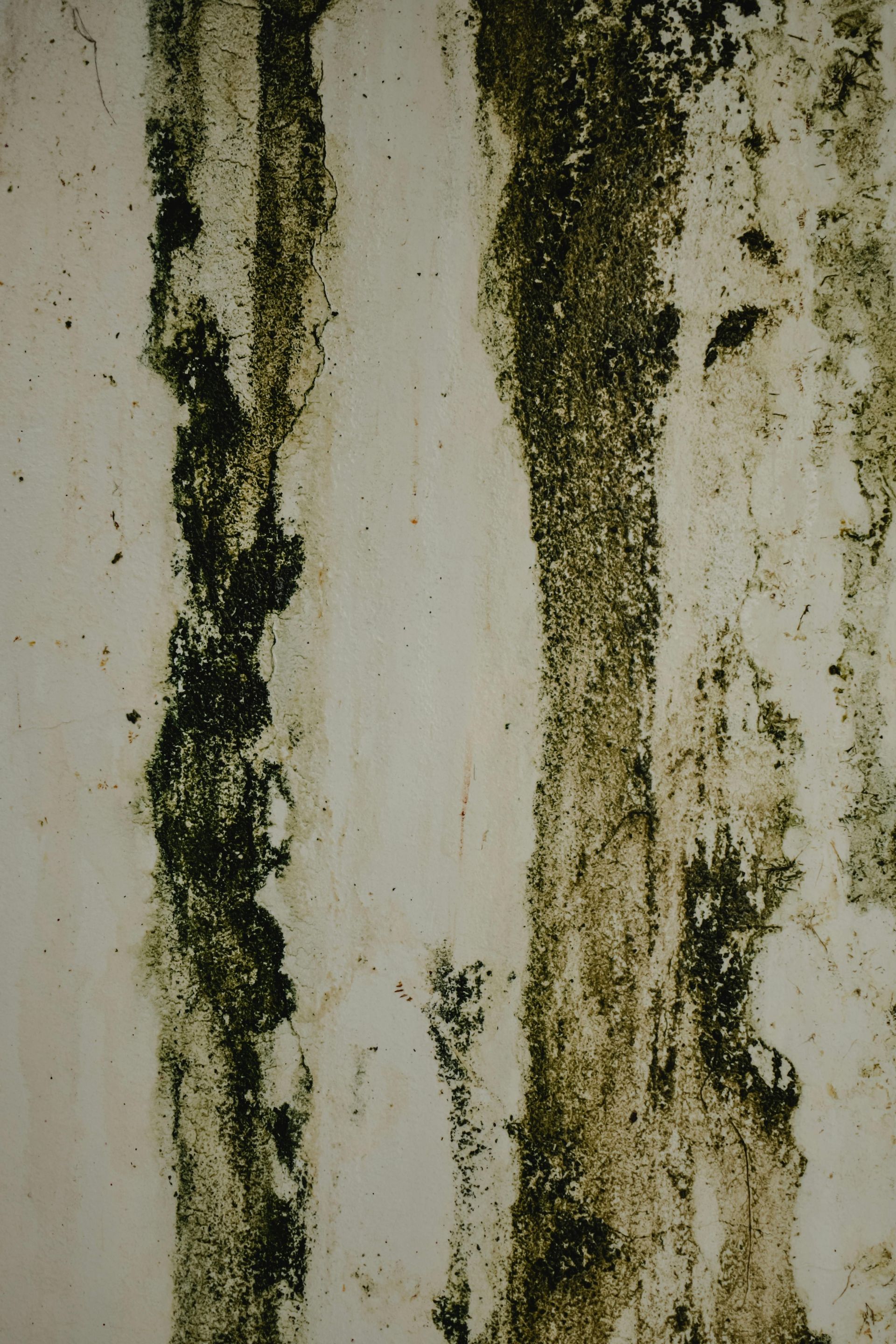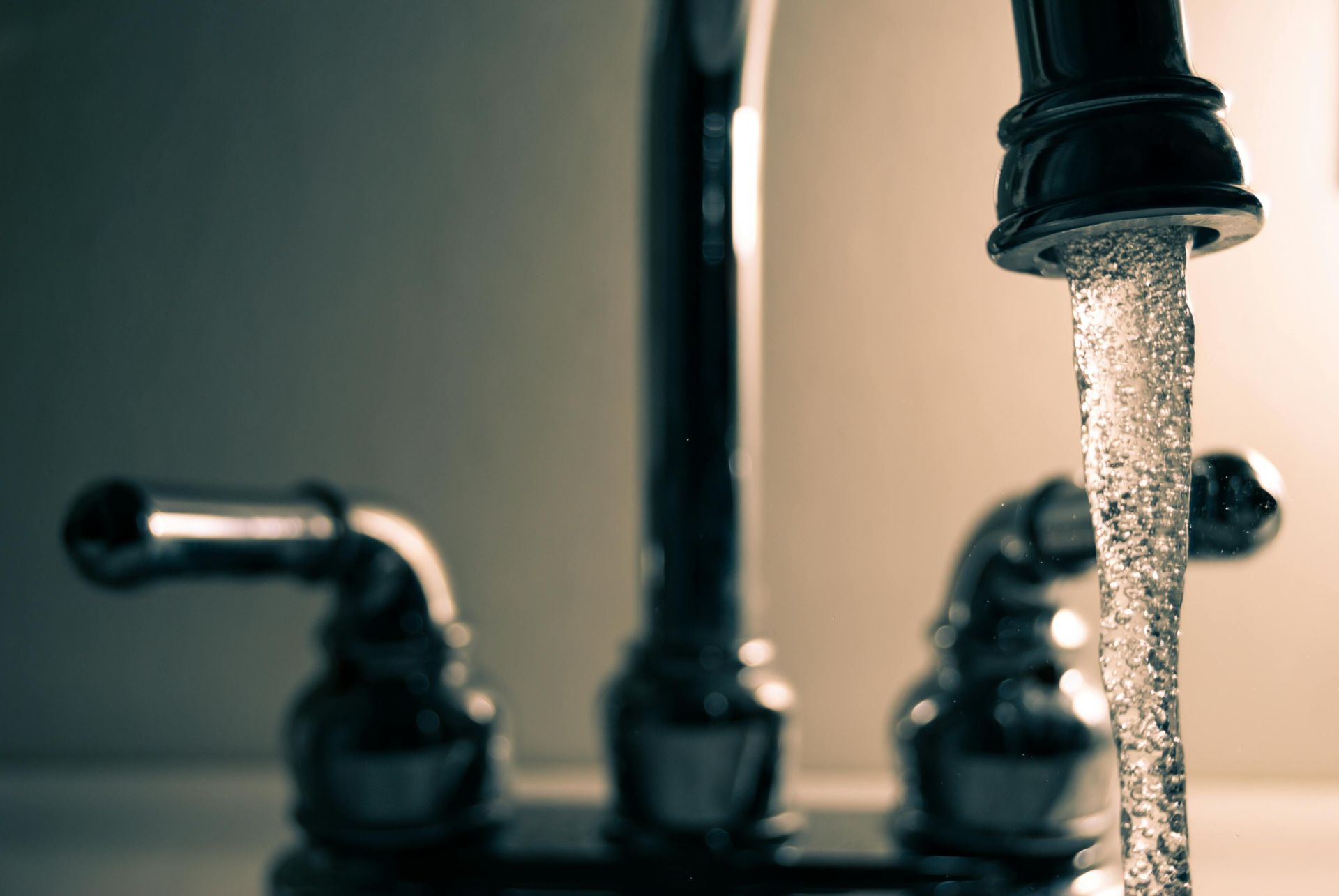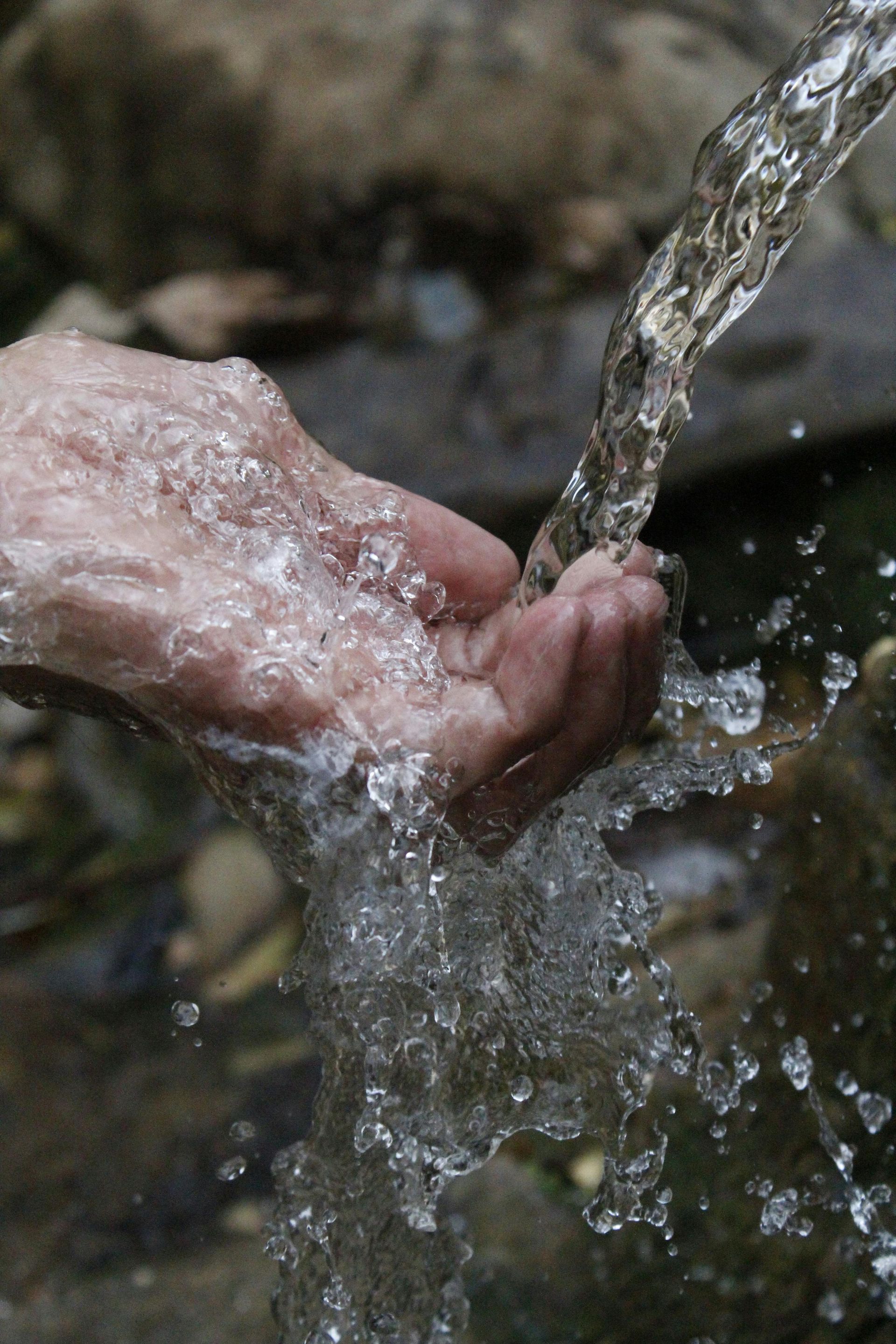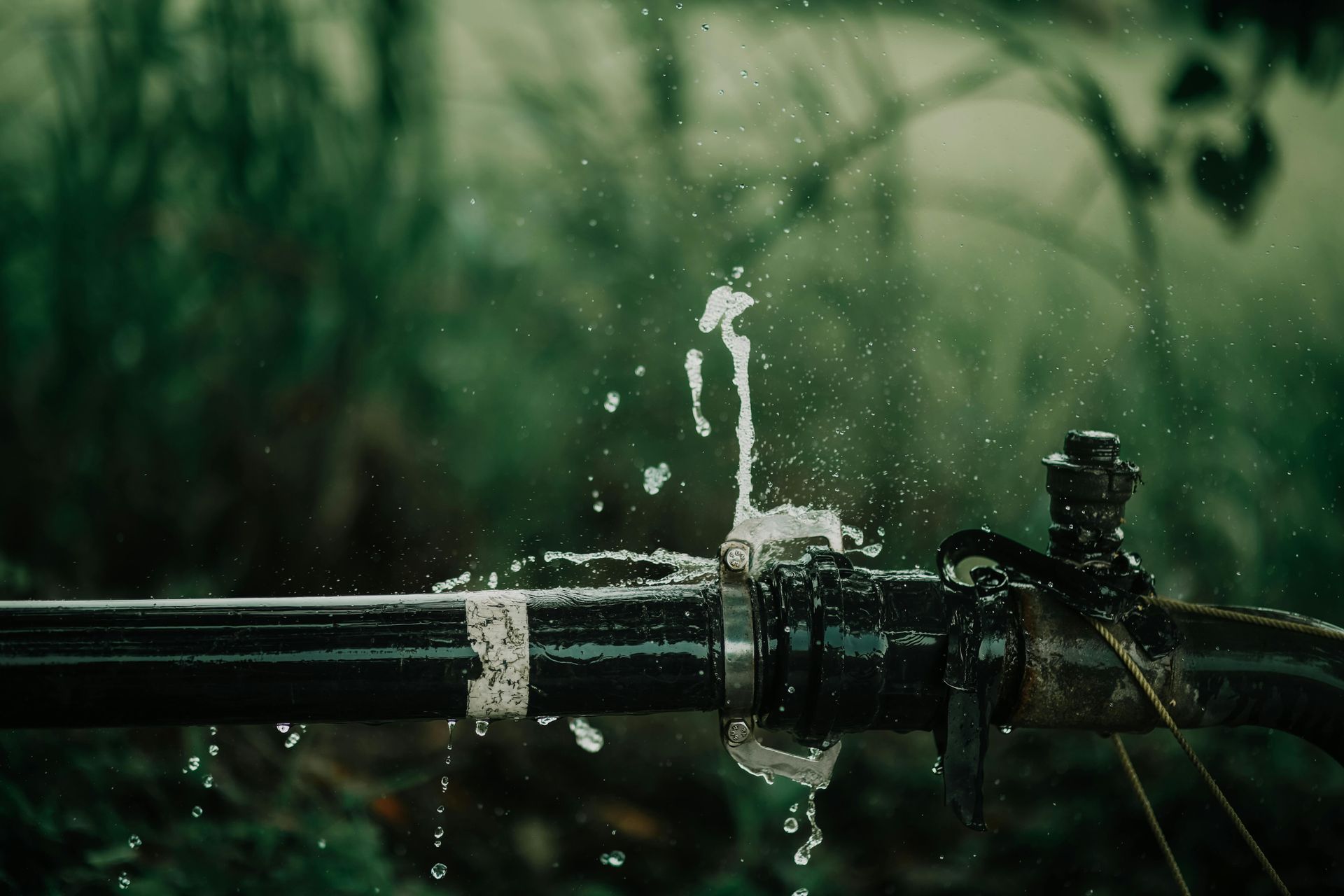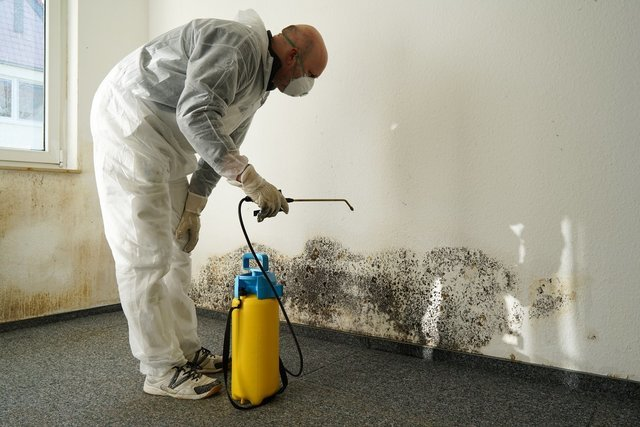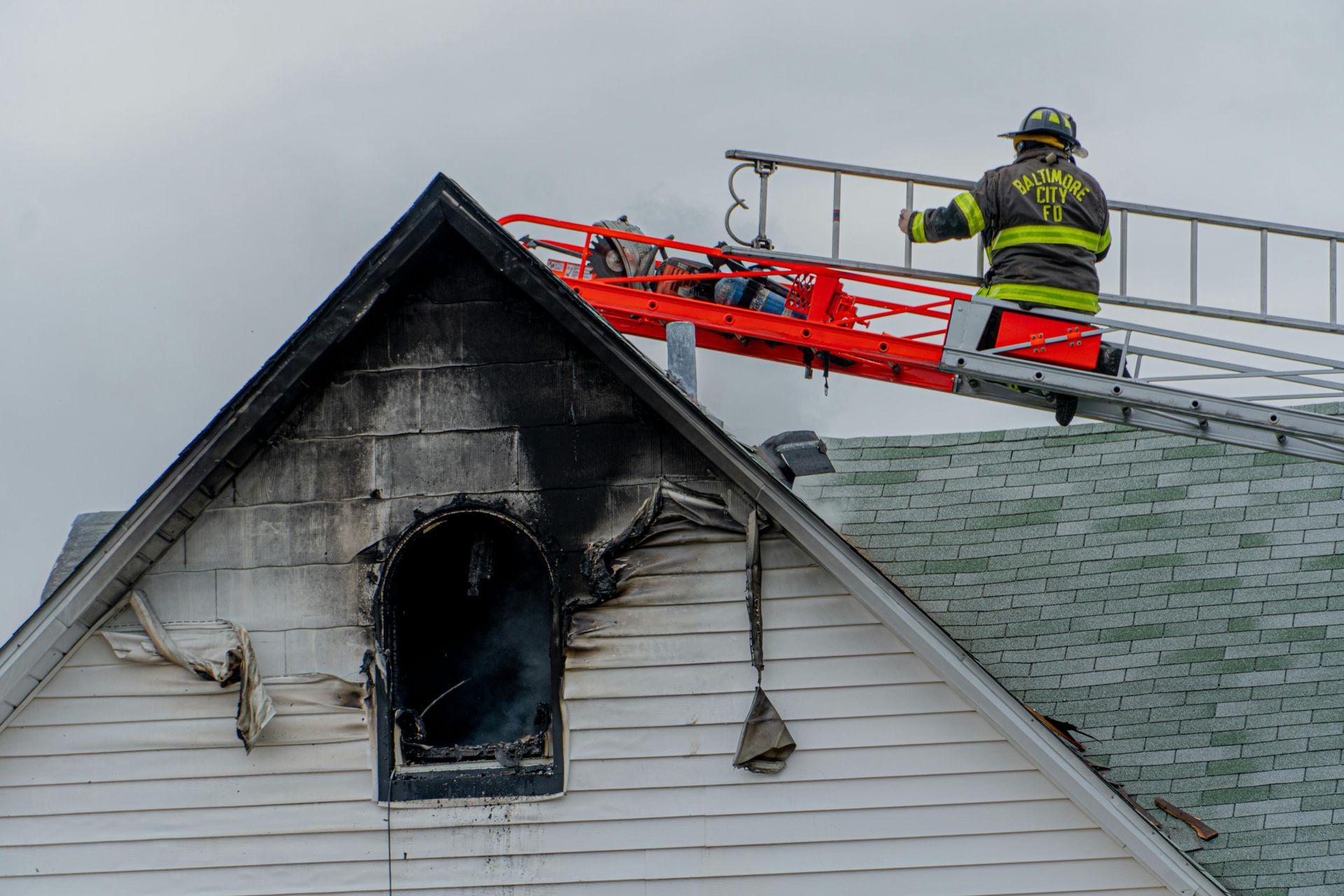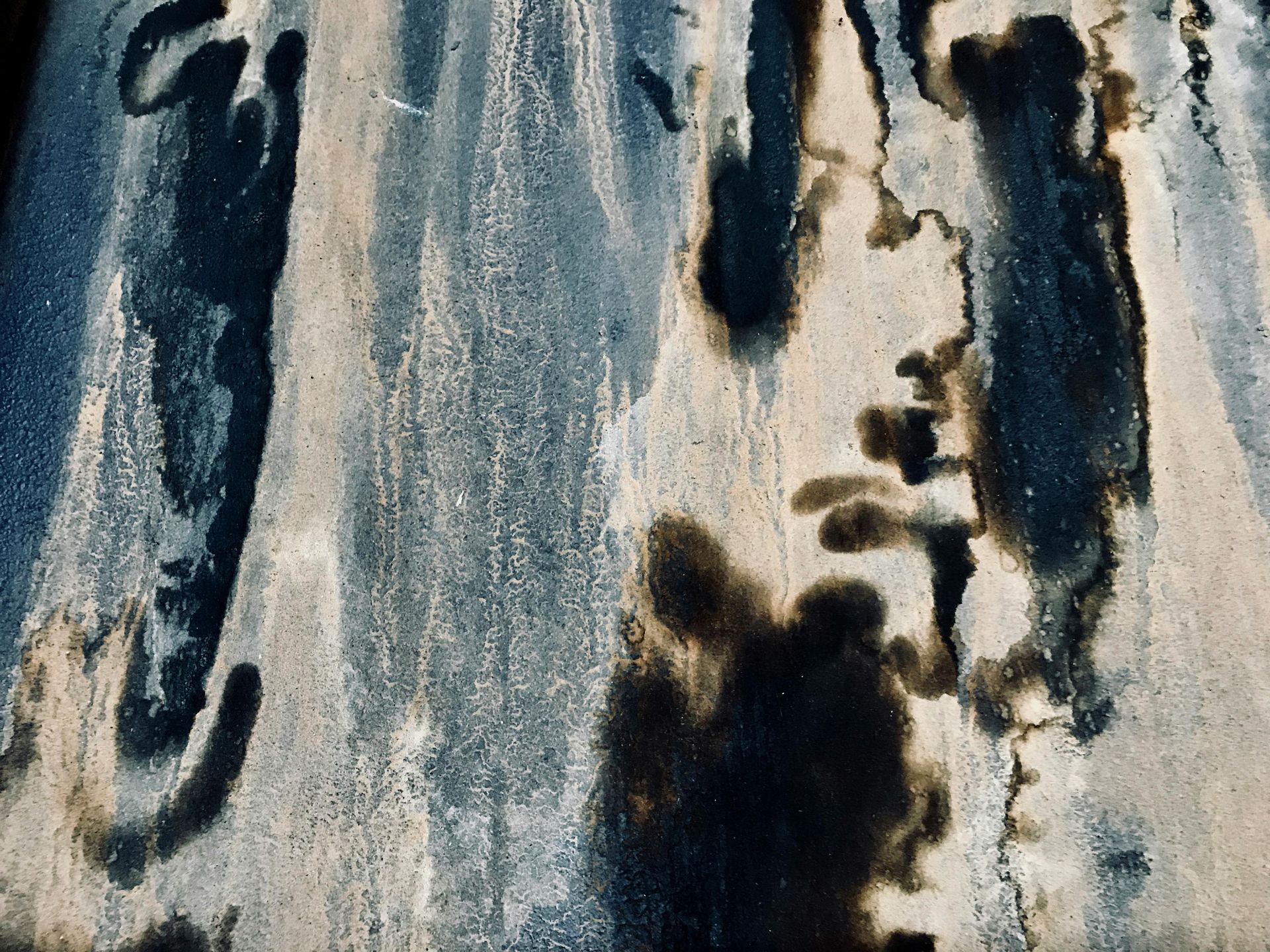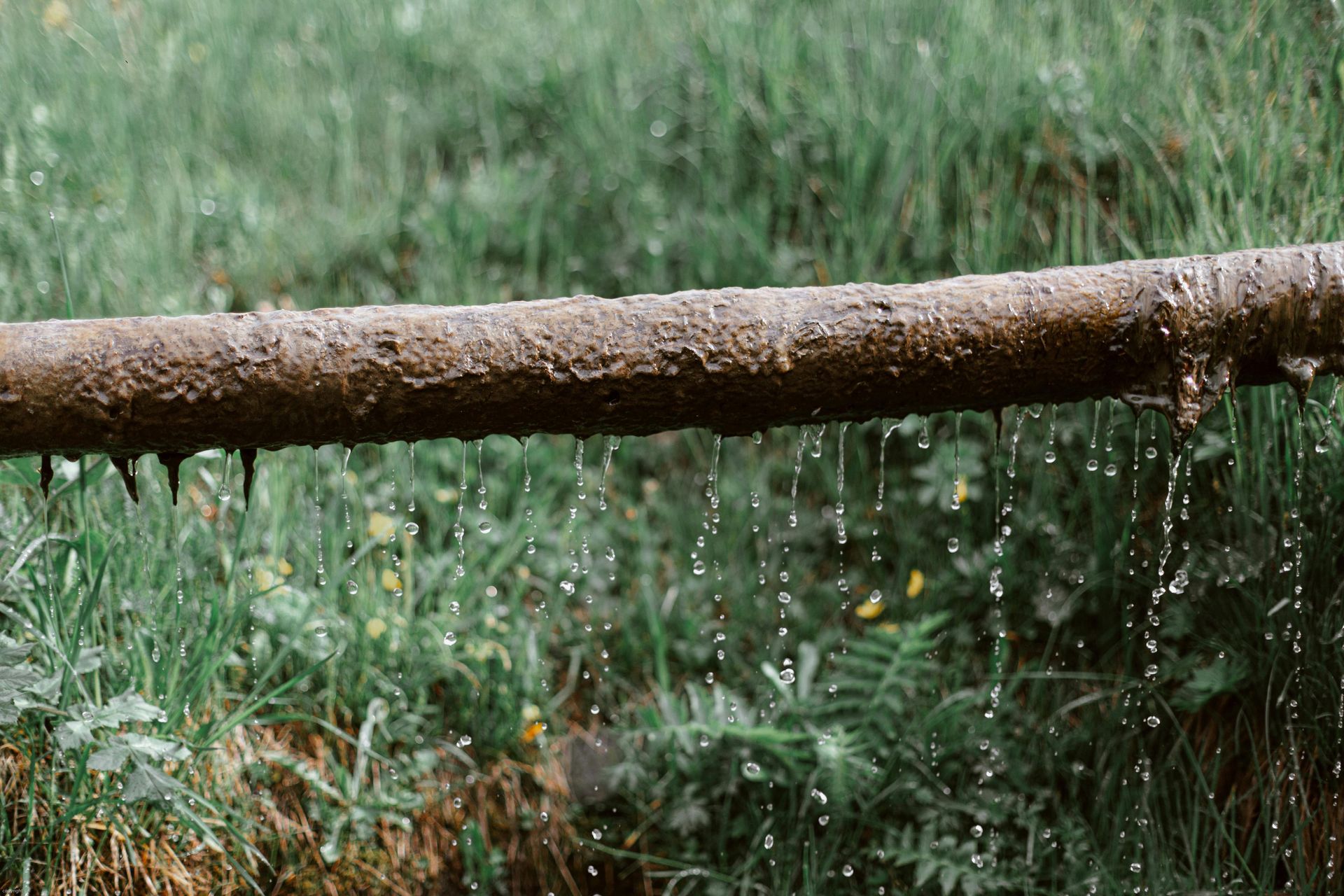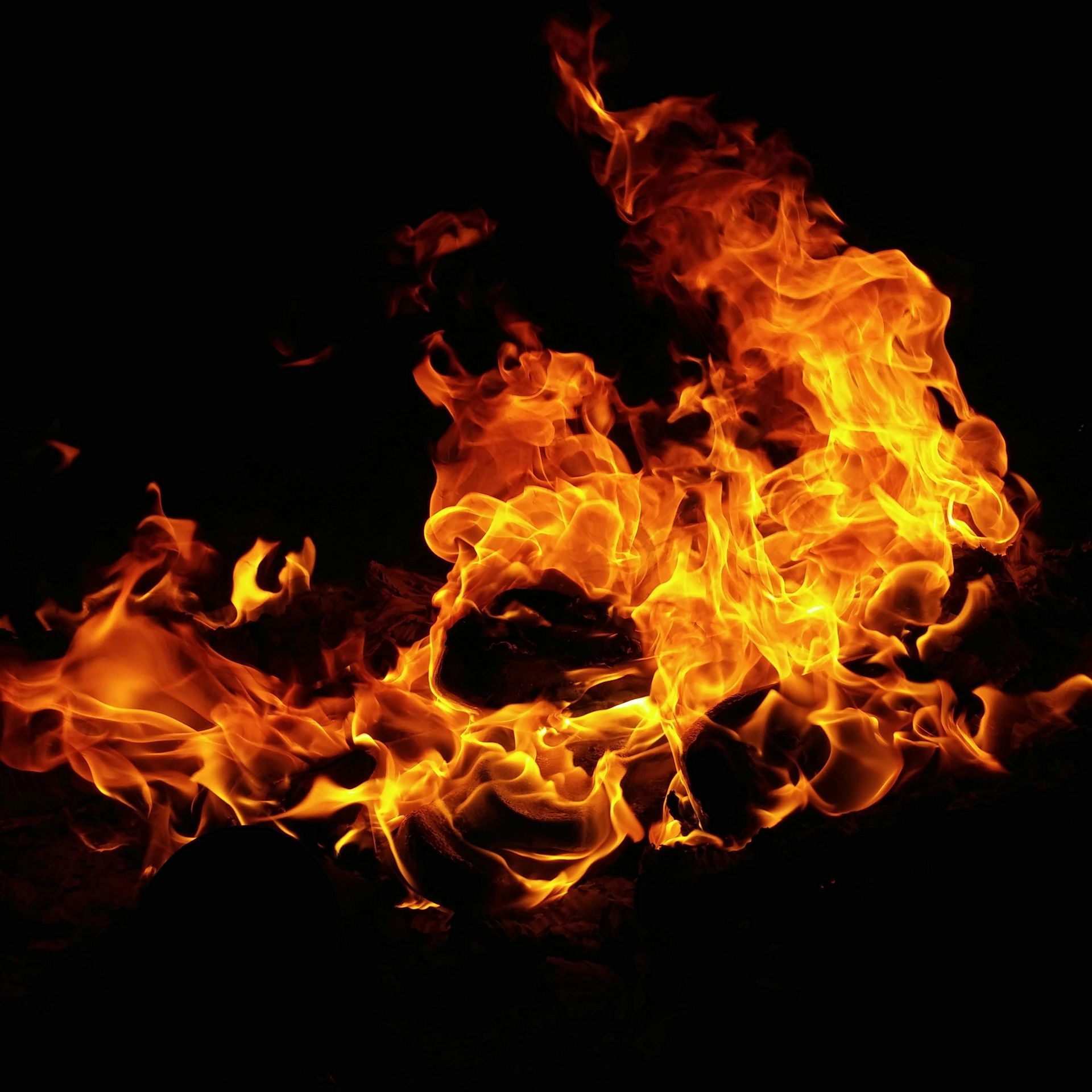The Causes and Prevention of Fire Damage in Your Home
The Importance of Water Damage Restoration for Your Home
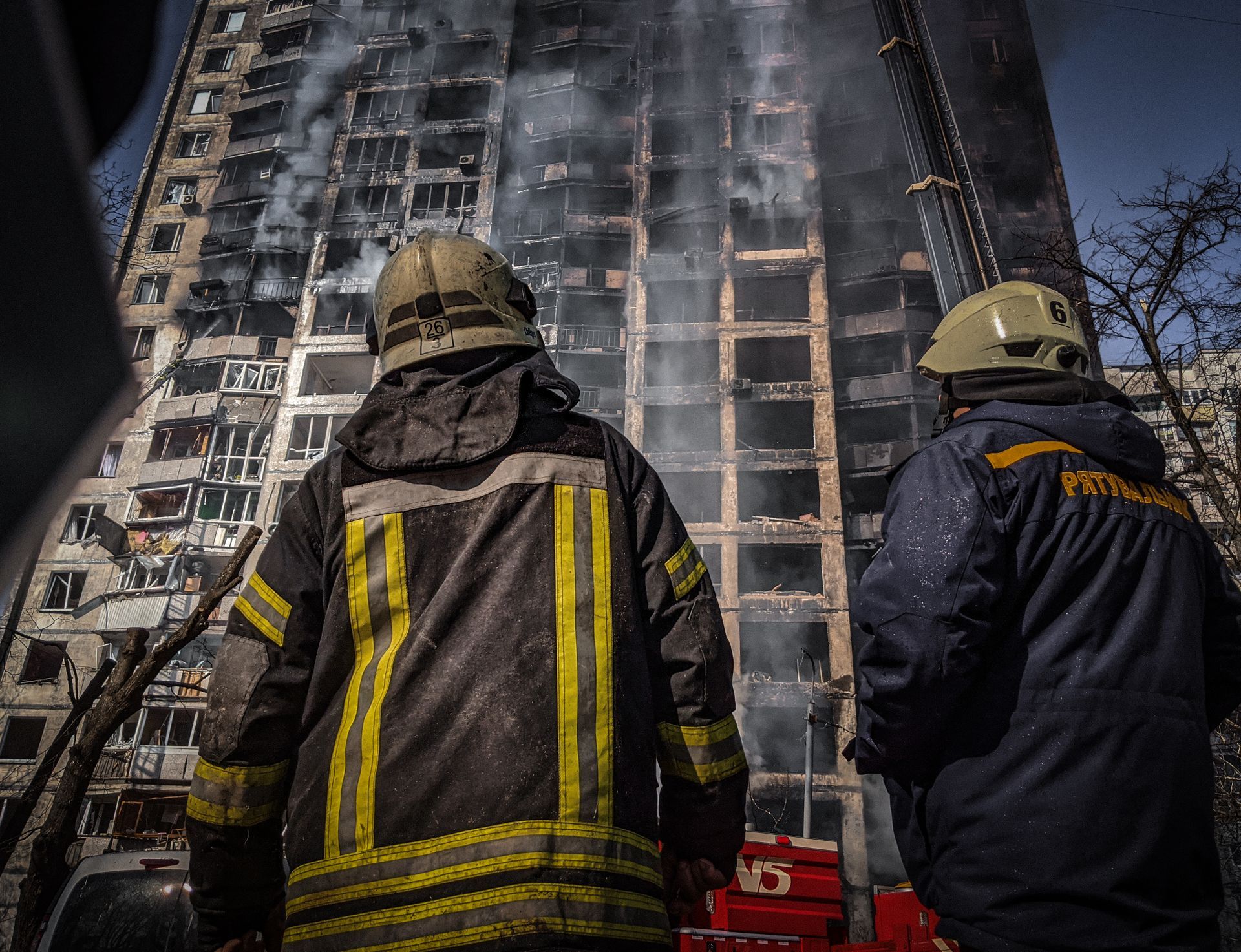
Fires can be one of the most devastating events a homeowner can experience. The damage caused by a fire extends beyond the destruction of property—it can threaten your safety, your family's health, and your home’s structural integrity. While fires are often unexpected, many home fires are preventable when proper precautions are taken. In this blog, we will explore the common causes of fire damage in homes and the best practices for preventing fires from occurring in the first place.
1. Electrical Issues: A Leading Cause of Home Fires
Electrical fires are one of the most common causes of fire damage in homes. Faulty wiring, outdated electrical systems, or overloading circuits can create hazardous situations that lead to sparks, heat buildup, and, ultimately, fires.
How electrical issues contribute to fires:
- Old or faulty wiring: Over time, wires can become worn down or damaged, increasing the risk of short circuits and electrical sparks.
- Overloaded circuits: Plugging too many devices into one outlet or using extension cords improperly can overload circuits, causing overheating and fires.
- Malfunctioning appliances: Defective appliances or those with frayed cords can ignite fires if not repaired or replaced.
Prevention:
- Have your electrical system inspected regularly by a licensed electrician, especially if your home is older and has outdated wiring.
- Avoid overloading circuits by using appliances within their recommended capacity and distributing electrical devices across multiple outlets.
- Replace damaged or outdated electrical appliances to reduce the risk of sparks and short circuits.
By taking these preventive steps, you can significantly reduce the risk of electrical fires in your home.
2. Kitchen Fires: A Common Hazard
The kitchen is often considered the heart of the home, but it’s also one of the most dangerous areas in terms of fire risk. Cooking fires are responsible for a significant portion of home fire damage every year.
How kitchen fires occur:
- Unattended cooking: Leaving food unattended on the stove or in the oven is a common cause of kitchen fires. Grease, oil, and food can easily catch fire if left unsupervised.
- Grease fires: Cooking with oil can lead to grease fires if the oil overheats or spills onto an open flame or hot surface.
- Cluttered countertops: Storing flammable materials, such as paper towels or dish rags, too close to the stovetop can lead to accidental fires.
Prevention:
- Never leave cooking food unattended, especially when using stovetops, ovens, or deep fryers.
- Keep flammable materials away from heat sources, including paper towels, dishcloths, and wooden utensils.
- Install a fire extinguisher in your kitchen, and make sure it’s easily accessible in case of emergencies. Be sure to know how to use it properly.
- Clean up grease and spills immediately to prevent fire hazards from accumulating in your kitchen.
Taking simple precautions while cooking can help you avoid the risk of a dangerous kitchen fire.
3. Heating Equipment: A Hidden Fire Threat
Space heaters, furnaces, and chimneys are essential for keeping your home warm during cold months, but they can also pose fire risks if not properly maintained.
How heating equipment can lead to fires:
- Space heaters: Placing portable space heaters too close to flammable materials such as curtains, rugs, or furniture can cause them to catch fire.
- Furnace malfunctions: A malfunctioning furnace can lead to overheating, causing fires in the ducts or the furnace itself.
- Chimney fires: Creosote buildup in chimneys can ignite and spread to surrounding materials, causing a dangerous fire.
Prevention:
- Place space heaters on flat, stable surfaces and keep them at least 3 feet away from flammable materials.
- Service your furnace regularly and replace filters to ensure it’s running efficiently and safely.
- Have your chimney cleaned and inspected annually by a professional to remove creosote buildup and avoid chimney fires.
- Install smoke and carbon monoxide detectors near heating sources to alert you to potential hazards.
Proper maintenance and caution when using heating equipment can significantly reduce the chances of fire damage during colder months.
4. Smoking: A Preventable Fire Hazard
Cigarettes, cigars, and other smoking materials are one of the leading causes of residential fires. Improperly discarded smoking materials can easily ignite furniture, upholstery, or other flammable objects.
How smoking causes fires:
- Unattended smoking materials: Dropping a lit cigarette on the couch or carpet can quickly start a fire.
- Improper disposal: Throwing a cigarette butt into a trash can or out the window without ensuring it is fully extinguished can result in a fire.
Prevention:
- Always ensure that smoking materials are fully extinguished before disposing of them. Use a proper container to dispose of cigarettes.
- Never smoke indoors, or if you must, always smoke in well-ventilated areas and away from any flammable items.
- Keep lighters and matches out of reach of children to prevent accidental fires.
By adopting safe smoking habits, you can significantly reduce the risk of starting a fire in your home.
5. Flammable Materials: A Silent Danger
Certain materials in your home, such as paper, fabric, and cleaning supplies, are highly flammable and can quickly catch fire if exposed to heat or sparks. Flammable liquids like gasoline, alcohol, and paint thinner can also be particularly dangerous.
How flammable materials contribute to fires:
- Improper storage of chemicals: Storing flammable liquids in non-ventilated areas or near heat sources can lead to dangerous fires.
- Cluttered living spaces: Excessive accumulation of newspapers, magazines, or old furniture can create fire hazards by providing fuel for fires to spread.
Prevention:
- Store flammable liquids in proper containers and away from heat sources, in a cool, dry, and well-ventilated area.
- Declutter your home regularly to remove unnecessary flammable materials, reducing the amount of fuel for potential fires.
- Use fire-resistant materials for upholstery and curtains, and ensure that furniture is made from non-combustible materials.
Being mindful of where and how flammable materials are stored can significantly lower the risk of a fire starting in your home.
6. Fire Safety and Prevention Measures
A key part of preventing fire damage is ensuring that your home is equipped with the proper fire safety measures. Fire prevention and preparedness can make a critical difference in stopping fires from causing serious harm.
Important fire safety measures include:
- Install smoke detectors in every room and hallway, as well as near kitchens and bedrooms. Test them monthly and change the batteries at least once a year.
- Install fire extinguishers in key areas such as the kitchen and garage, and near any heat-producing appliances.
- Create and practice a fire escape plan with your family. Ensure that everyone knows the quickest exit routes and has a safe meeting point outside.
- Check electrical systems and appliances regularly for signs of wear or potential hazards.
By taking the time to ensure your home is properly equipped with fire safety tools and knowledge, you can greatly reduce the risk of a fire damaging your home.
7. Responding to Fire Damage: Professional Restoration Services
In the unfortunate event of a fire, quick and thorough restoration is essential to mitigate damage. Fire can leave behind smoke, soot, and water damage, which require specialized cleaning and restoration processes to prevent further harm to your home.
Why fire damage restoration is crucial:
- Smoke and soot removal: After a fire, smoke can penetrate walls, ceilings, and furniture, leaving behind harmful residues and odors.
- Water damage from firefighting efforts: The water used to put out the fire can cause significant damage to your home’s structure and belongings.
- Structural repairs: Fire-damaged structures need to be assessed for safety, and necessary repairs must be made to ensure that the home is safe to live in.
Professional restoration services like those provided by Ercolano Cleaning & Restoration specialize in restoring homes after fire damage, handling everything from soot removal to structural repairs, and ensuring that your home is safe and habitable once again.
Contact Ercolano Cleaning & Restoration Today!
Fire damage is one of the most devastating and preventable hazards a homeowner can face. By understanding the common causes of fires and taking proactive steps to prevent them, you can protect your home, your family, and your belongings. Regular maintenance, careful attention to potential fire hazards, and fire safety preparedness are essential for reducing the risk of fire damage. Contact Ercolano Cleaning & Restoration today!
